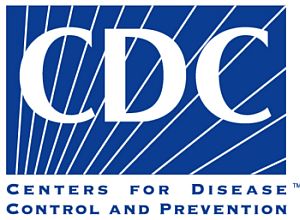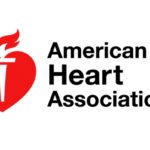 08/31/11 Teens in Indiana are better protected than ever before from a variety of infectious diseases thanks to increased immunization requirements, interagency partnerships and dedicated state funding over the past school year. According to the most recent CDC National Immunization Survey for Teens (NIS-Teen), teen immunization rates in Indiana have increased by 60 to 70 percent in some cases from 2009 to 2010.
08/31/11 Teens in Indiana are better protected than ever before from a variety of infectious diseases thanks to increased immunization requirements, interagency partnerships and dedicated state funding over the past school year. According to the most recent CDC National Immunization Survey for Teens (NIS-Teen), teen immunization rates in Indiana have increased by 60 to 70 percent in some cases from 2009 to 2010.
“We are seeing a large percent increase from 2009 to 2010 for certain immunizations such as the Tdap booster, meningococcal vaccine, and varicella, which became school requirements last year,” said State Health Commissioner Gregory Larkin, M.D. “This increase is in large part due to the outstanding efforts of the local health departments, physicians, and school nurses who worked diligently to ensure vaccinations were up-to-date and records were accurately maintained, as well as to monitor compliance with school immunization requirements.”
The Indiana State Department of Health worked with the Indiana Department of Education to change the administrative code for immunization requirements for teens starting with the 2009/2010 school year. These changes were intended to bring the State’s immunization requirements in-line with CDC recommendations. The new requirements focused on diseases transmitted in schools, which is why the increase is notable in Tdap (64 percent increase), varicella (66 percent increase), and meningococcal disease (70 percent increase).
“We are committed to supporting the prevention of diseases in Indiana’s schools,” said Superintendent of Public Instruction Tony Bennett. “These necessary changes will ensure our students are better protected and can focus on their studies.”
Following Governor Daniels’s recommendation, the State Legislature has dedicated $11 million every year since the inception of the latest tobacco tax to provide immunization services to kids who are underinsured. This was the first time Indiana had ever dedicated state funds to bolster federal funds for immunizations. The other two vaccine funding sources are both federal programs. Vaccines for Children and Section 317 funding provide for the majority of the vaccine delivered in Indiana.
“Although, there is still work to be done, we should celebrate our successes,” said Dr. Larkin. “It has always been our goal to keep kids healthy and in school. Soon, schools around the state will see the benefits of these higher vaccination rates.”
The NIS-Teen was established to provide an on-going, consistent data set for analyzing vaccination levels among adolescents in the United States and to disseminate this information to interested public health partners. The NIS-Teen provides national and state estimates of vaccination coverage, including new vaccines as they are licensed and recommended for use.
To learn more about immunization requirements in Indiana, visit the Indiana State Department of Health’s website at http://www.in.gov/isdh/17094.htm.
For more information about teen vaccines, visit the CDC’s website at http://www.cdc.gov/vaccines/who/teens/index.html.














